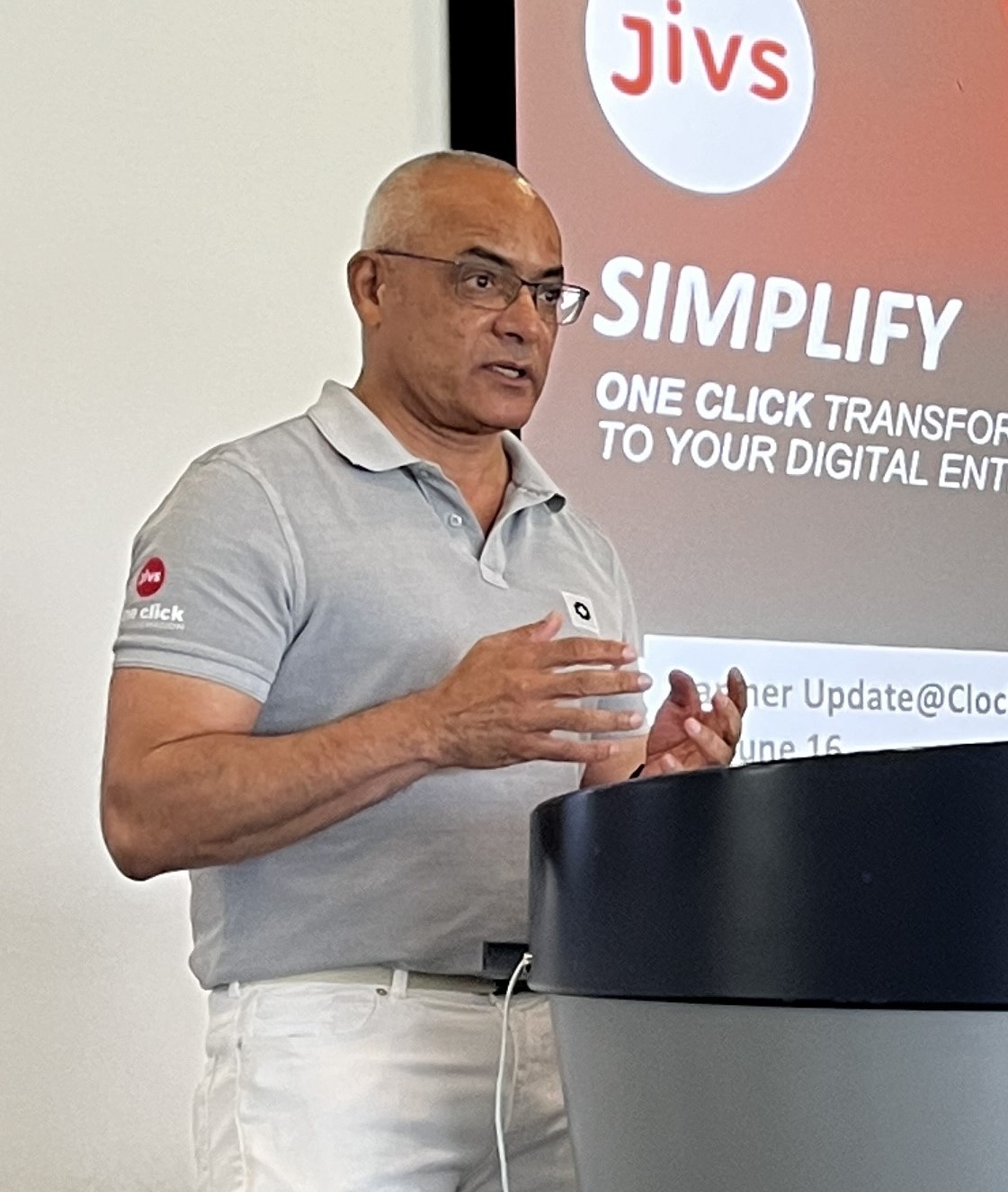
In SAP circles, the migration to S/4HANA is a topic on everyone’s lips. Some people are excited and perhaps a little nervous as they’ve already set out on their journey to S/4. Others are left reeling in a state of panic, wondering how and when they should get started.
This blog summarizes what we at Data Migration International (DMI) consider to be some of the main risks to avoid with an S/4 migration project as you steer it to success.
1. Leaving it Too Late
Although the deadline for mainstream support has already been pushed back once from 2025 to December 31, 2027, it’s unlikely that SAP will extend it again. There is, of course, the option to purchase a maintenance extension until 2030, but the fees for this are not negligible. If you haven’t already started on your journey to SAP S/4HANA, we advise that you don’t delay it any further. If you’re thinking there’s no need to rush as the support deadline is still four and a half years away, think again! Migrating to S/4HANA requires time and resources, and with every day that goes by, these are getting increasingly scarcer.
2. Lack of Planning
Without proper planning, any ERP migration is destined to fail. To make sure your migration is as smooth as possible, with minimum disruption to business operations, you need a plan that takes into account many factors. We mention a few of them here.

- First, an assessment of the existing system landscape to identify exactly what you need to migrate in terms of processes, components, functionalities, data, and so on.
- You’ll also need to identify potential risks and develop strategies to mitigate them. Resource allocation forms an integral part of the planning process as well, ensuring you have the necessary knowledge in-house and can procure the skills of external experts in plenty of time to support you at various stages of the migration.
- Proper planning also needs to factor in sufficient resources and time to validate and test the system before it goes live.
3. Spiraling Costs
ERP implementations are renowned to be expensive, so optimizing your costs is a must. From the very outset, all the associated costs, such as software licenses, training, infrastructure, and implementation support, need to be budgeted for. Effective project management and tight cost control will help your organization manage the cost of the ERP implementation.
With JiVS IMP and the One Click Transformation approach to data migration and application retirement, SAP customers can better manage costs in several areas and reduce the total cost of ownership. First, the historical and operational data are transferred from all legacy and ECC systems to the single JiVS platform, after which the legacy systems can be retired. This leads to a massive reduction in IT operating costs including the cost of licenses as the customer only needs one license to run JiVS. On top of this, they see a huge drop in energy consumption, which is welcome news for their budget and for the environment.
A prime example of this success is our client Bühler AG, who was able to reduce operational costs by 80% thanks to jiVS IMP.
Download the customer story here.
“Our decision to go with JiVS platform has certainly paid dividends. It has helped us to transfer historical information, selectively migrate data and decommission legacy systems – all while saving hugely on operational costs. These are a massive 80% lower than they would have been if we’d had to continue running our legacy systems, just to have access to our data.”
4. Avoid Transferring All Your Data to S/4HANA

Transferring all your company data from your old systems into S/4 may sound like an easy solution, but you’ll be setting yourself up for problems from day one. Any existing issues will simply be reproduced in S/4HANA, and you’ll still be faced with managing the same huge volumes of data. By separating your historical information from your operational information and storing it on JiVS your data volume is massively reduced.
DMI can perform a data reduction potential analysis on existing systems to identify the open items and master data that need to be migrated. Through this tried and tested approach, some of DMI’s customers have transferred just 5 to 10% of their data to S/4, with the rest stored securely on JiVS. The migration to S/4 is also an opportunity to clean up your existing data, removing duplicates and errors.
The process also needs to take into account the conversion to a new GL in S/4 as well as the fact that customer and vendor lists from ECC have been combined to become business partners in S/4. With JiVS, you don’t need to perform any of these housekeeping tasks in advance as data cleansing and harmonization take place during the One Click transformation process along with conversion to the new GL and business partner structure. As an added bonus, the validation and testing stage is much shorter and fewer resources are needed thanks to the huge reduction in data going into S/4. And as JiVS writes data via the SAP Migration Cockpit, there are fewer text cycles, which speeds up the implementation project, while also massively reducing overall risk and complexity.
5. Build-Up of High Data Volumes
When migrating to S/4, it goes without saying that your organization wants to maximize the benefits of the new system and lay the foundation for future growth. To do this, the system should be lean from the start, through the approach we have described here, but it needs to stay lean in the long term too, otherwise high volumes of data will slow down system performance. Through seamless integration with S/4, JiVS supports full data lifecycle management, and continually minimizes the data footprint by ingesting archived data from S/4 onto the external platform and keeping S/4 lean. In addition, data retention rules on JiVS mean that data is deleted as soon as it is no longer legally required.
By avoiding the five risks we’ve touched upon here, your implementation will be quicker and you’ll encounter far less turbulence along the way! JiVS IMP has already helped many SAP customers accelerate and simplify their migration to S/4HANA, even reducing the migration timeframe to just three months for one customer.
Download our customer one pager story here.
To find out more, contact the data migration experts at DMI.

Author: Philip Carvalho
Regional Director UK, Data Migration International
